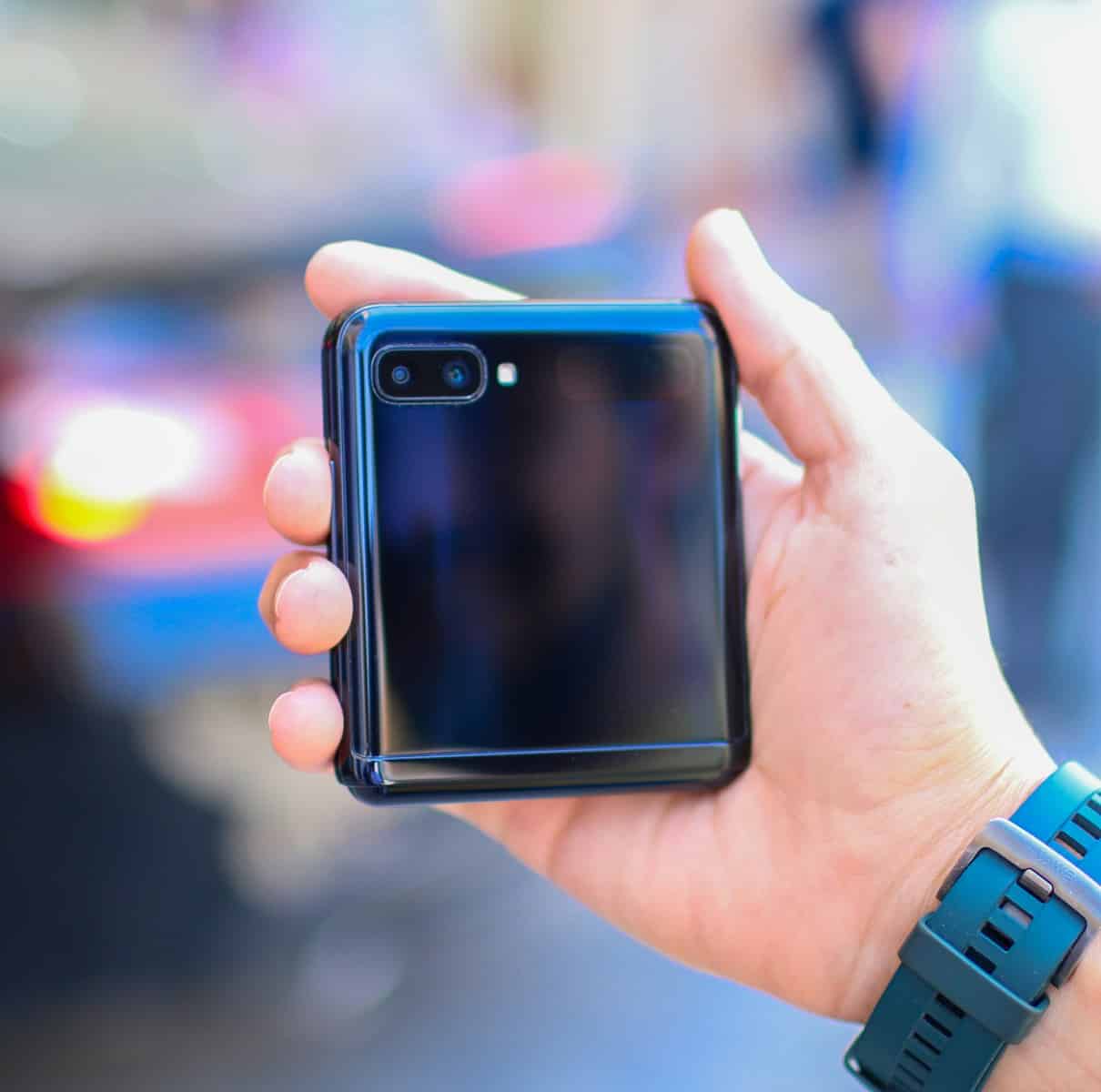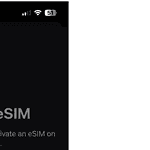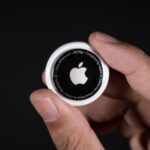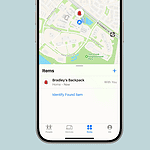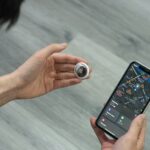For years, there have been rumors about Apple releasing a foldable iPhone called the iPhone Flip. Tech insiders have been speculating about this new era in Apple’s smartphone lineup, but specific details are still unknown. Competitors like Samsung have already released foldable phones, but Apple is expected to bring something unique to the market. Although there have been concepts and leaked images suggesting an iPhone that folds in half, nothing has been confirmed. Apple fans and tech enthusiasts are excited and hopeful for groundbreaking features and design. The release of the foldable iPhone could potentially reshape the market and set new standards in mobile technology.
Apple’s Foldable iPhone: A Timeline of Rumors and Expectations
Early Rumors and Delays
The foldable iPhone has been a hot topic for years, with rumors suggesting a release as early as 2023. However, those predictions didn’t come to fruition, and the launch has been pushed back multiple times.
Current Release Timeline
While some analysts believe the foldable iPhone could launch as early as 2026, others suggest a 2027 release is more likely.
Design and Features
Apple has reportedly been testing various designs for its foldable iPhone. Some rumors suggest a clamshell-like design similar to the Samsung Galaxy Z Flip, while others point to a larger foldable iPad or MacBook.
Table of Rumored Features and Specifications
| Feature | Rumored Specifications |
|---|---|
| Display Size | 6.7-inch foldable OLED display |
| Processor | Apple A-series chip |
| Camera | Triple-lens rear camera system |
| Battery | Larger battery to support the foldable display |
| Other Features | Stylus support, improved hinge mechanism, water resistance |
Supply Chain Challenges
Reports suggest that Apple has faced challenges with its foldable display suppliers, which could further delay the launch.
Key Takeaways
- Apple’s potential foldable iPhone could be called the iPhone Flip
- Competitors like Samsung have already introduced foldable tech
- Fans await unique features and market impact
Apple Folding iPhone Development
Apple has been working on developing a foldable iPhone with several exciting innovations. From patent filings to prototypes and testing, Apple aims to bring a unique device to the market.
Origins and Patent Filings
Apple’s journey with foldable devices began with patent filings. Patent filings in 2017 hinted at Apple’s interest, suggesting possible collaborations with LG for OLED foldable displays. Over the years, patents filed show designs with different hinge mechanisms and foldable screens. This indicated a strong focus on making durable and reliable folding technology.
Ming-Chi Kuo, a well-known Apple analyst, mentioned that Apple was looking at various hinge designs to reduce wear and tear. The goal was to increase the longevity of the device. These patents cover innovations aimed at minimizing the visible crease on foldable displays.
Design and Display Innovations
The design of Apple’s foldable iPhone focuses on a sleek look and high-functioning components. Apple aims to create a seamless fold with minimal creases. Reports suggest a 7.9-inch foldable display with a wrap-around design to enhance user experience.
Apple is exploring OLED and even microLED displays for better brightness and color. The hinge mechanism is also crucial, with Apple working on strong yet flexible hinges**. Durability is a key aspect, with a focus on preventing damage from repeated folding.
To support a foldable iPhone, Apple is updating iOS to handle new screen layouts and functions. The foldable design also includes advanced camera technology to maintain high-quality imaging regardless of the device’s folded state.
Prototype and Testing Phases
Apple has already started developing prototypes and conducting extensive testing. These prototypes undergo rigorous tests for durability, hinge reliability, and screen flexibility. The testing phases include bending tests to ensure the device withstands daily use without issues.
Companies like Foxconn are involved in the mass production planning, assessing the feasibility and cost of large-scale manufacturing. Apple aims to ensure that the foldable iPhone meets their high standards for reliability and performance.
In this phase, Apple is also working on software integration, making sure that iOS works smoothly with the foldable hardware. This includes optimizing the user interface and ensuring apps run seamlessly on the foldable screen.
Apple’s goal is to deliver a foldable iPhone that combines cutting-edge technology with the reliability users expect. The development process is rigorous and aims to set new standards in the foldable smartphone market.
Market Impact and Consumer Expectations
The entry of a foldable iPhone would create ripples in the smartphone market. Apple fans are eager to see how it stacks up against existing devices.
Competitive Landscape
Apple’s foldable iPhone will join the market competing with established models like Samsung’s Galaxy Z Fold 4 and Microsoft’s Surface Duo. Samsung’s foldables have already created a niche, setting high expectations for Apple’s entry. Google Pixel Fold and Huawei’s foldables also set the bar for design and tech features.
Consumers want Apple to provide the same level of innovation seen in their other devices. The competition from Samsung and Google suggests that Apple’s entry must be top-notch, further pushing innovation in foldable phones.
Technical Specifications and Features
Rumors suggest the iPhone Flip will feature an 8-inch display, larger than the Galaxy Z Fold 4’s 7.6-inch screen. Patents point to a vertical folding design similar to the Galaxy Z Flip 5.
Key features may include a flexible screen, a hinge mechanism, and solid-state buttons that could offer touch-sensitive control areas. Given Apple’s history with high-performance hardware, expect a robust processor, 5G support, and possibly advancements in Touch ID integrated into the screen.
Anticipated Release and Market Predictions
Analysts and sources like Digitimes and Bloomberg hint at a release date around 2027. This aligns with Apple’s pattern of thorough testing before launching a new product. TrendForce suggests that Apple’s entry could push other companies to innovate further, raising the standards for all foldable phones.
Industry experts predict high consumer demand, driven by Apple’s strong brand loyalty. The foldable iPhone could match the success of previous models like the iPhone 13, capturing interest from both tech enthusiasts and everyday users.

